We all know that pain and fear of injury can stop us from doing the things in life that we really want to do and make us feel...well...just not like ourselves. Ryan came to us experiencing low back pain, which was keeping him from exercising. Ryan was becoming frustrated because when he would exercise, his low back would flair up. He was also getting headaches two to three times a week and neck pain. Ryan’s upper cervical spine was corrected and immediately he felt the pressure off his low back. He has now had four upper cervical corrections and his low back pain, neck pain and headaches are all dramatically improved just by getting his head on straight! Is your head on straight?
Is your Back Pain shrinking your Brain?
Chronic Back Pain is Associated with Decreased Prefrontal and Thalamic Grey Matter Density
Apkarian V.A., et al. Journal of Neuroscience, Nov 2004, 24(46):10410-10415
This research was out of Northwestern University in Chicago Illinois in 2004. It was the first study to correlate chronic back pain (CBP) with decreased grey matter in the brain. As we work with patients every day, people who have chronic unremitting back pain for 1 year or more have an accelerated neurodegenerative process underway in their brain. If we are able to help them we are playing an active role in slowing that process!
The researchers studied 26 people with chronic back pain (unrelenting pain localized around lumbosacral area for greater than 1 year) and 26 control patients. They performed 2 different types of analysis for estimating global grey matter in the brain and adjusted statistics for age, gender, and type of pain (musculoskeletal and neurogenic/radicular).
Clinical Pearls:
Normal whole brain grey matter atrophy is 0.5% per year.
Atrophy caused by CBP was measured at 5-11% per year, the equivalent of 10-20 years of aging.
The reduction in grey matter was localized to the dorsolateral prefrontal cortex (DLPFC) and the thalamus. The DLPFC is responsible for inhibition of the orbitofrontal activity of the brain. The orbitofrontal area is responsible for perception of pain. The researchers then extrapolated that with loss of inhibition of the orbitofrontal areas of the brain, chronic pain suffers perceive increased pain.
Patients with neuropathic pain showed a greater loss of cortical grey matter.



